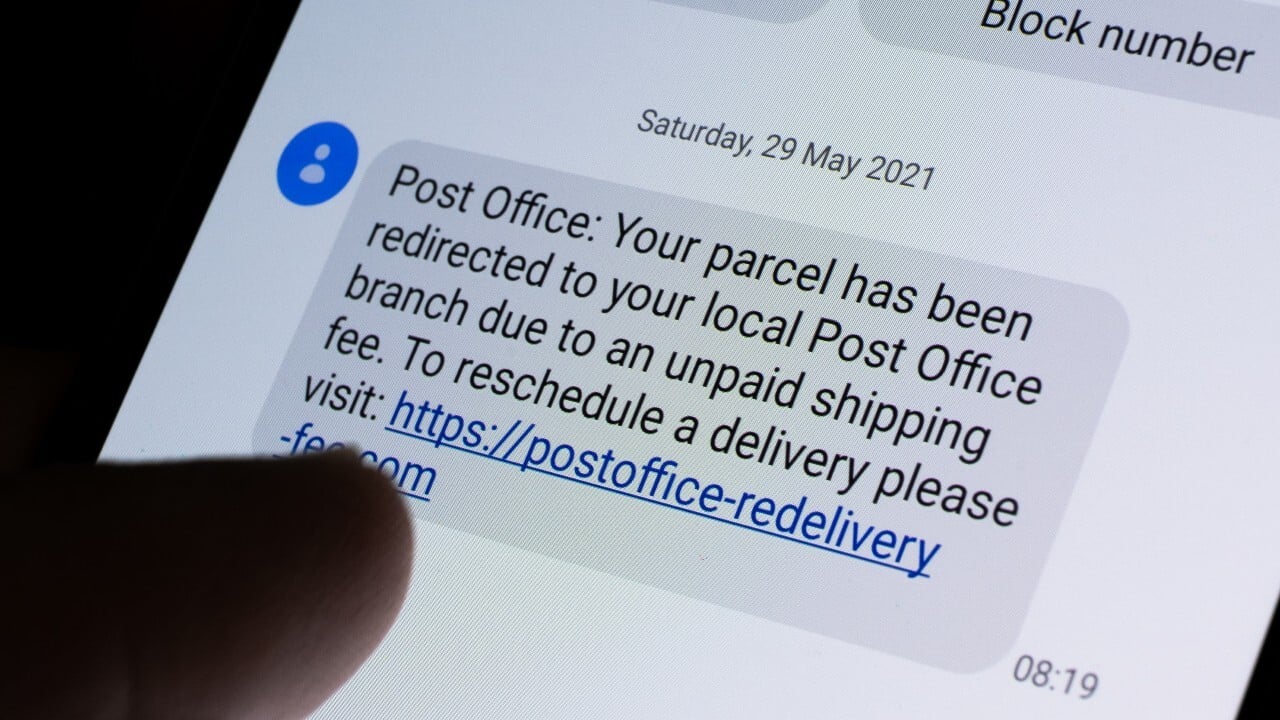Spam texting is more than just a nuisance; it’s a growing digital threat that can compromise your privacy, security, and peace of mind. With the evolution of communication, spam texts have become increasingly sophisticated, making it vital for mobile phone users to understand what they are, how to identify them, and the measures to protect themselves.
What Is Spam Texting?
Spam texting, also known as SMS spam or “smishing,” refers to unsolicited and often fraudulent text messages sent to your mobile phone. These messages might include tempting offers, fake promotions, or even malicious links. Examples of spam texting include:
- Messages claiming you’ve won a prize or are eligible for a ‘special offer.’
- Fake payment notifications asking for personal or banking information.
- Phishing links disguised as bill payment reminders or package updates.
A recent alarming trend involves receiving spam texts spoofed to appear from your own phone number, as noted in Verizon customers’ complaints, where fraudulent messages pretend to be sent by the recipient themselves.
How Spam Texting Differs from Legitimate SMS Marketing
While spam texting involves unsolicited messages with malicious intent, legitimate SMS marketing is regulated, permission-based, and focused on delivering value. Here’s how they differ:
- Opt-in Requirement: Legitimate campaigns send messages only to users who consent to receive them, whereas spam bypasses any approvals.
- Clear Identification: Authentic SMS marketers will identify their business name, while spammers often use vague or fake sender IDs.
- Unsubscribe Option: Legitimate SMS campaigns include an option to opt-out, while spam texts offer no way to block them directly.
The Dangers and Risks of Spam Texts
Spam texts pose numerous risks, such as:
- Phishing Scams: Clicking on malicious links can lead to stolen personal or financial information.
- Malware: Some links in spam texts carry malware that can infect your device.
- Privacy Breaches: Spammers may collect data about your usage habits to target you with more spam.
- Financial Scams: Fake payment claims can trick victims into transferring money or sharing sensitive details.
How to Identify Spam Texts
Spotting a spam text can save you from falling victim to scams. Keep an eye out for:
- Messages from unfamiliar or spoofed numbers (e.g., your own number).
- Offers that seem too good to be true, like “Congratulations, you’ve won a $1,000 gift card!”
- Grammar errors, odd phrasing, or generic greetings like “Dear Customer.”
- Urgent calls to action, such as “Click now,” “Update your account immediately,” or “Reply to claim.”
How to Block Spam Texts
Blocking spam texts can help you regain control of your inbox. Here are some effective methods:
- Use Your Phone’s Built-in Features:
-
-
- On iPhones, use the “filter unknown senders” feature.
- On Android, block spam by marking messages as junk or using specific settings.
-
- Install Anti-Spam Apps:
-
-
- Download apps like RoboKiller, Truecaller, or Hiya to detect and block spam automatically.
-
- Forward Spam to Your Carrier:
-
-
- Most carriers allow you to report spam by forwarding the message to 7726 (SPAM).
-
- Enable Third-party Spam Filters:
-
-
- Use software like Google’s spam protection feature on Android or Apple’s SMS filtering tools.
-
Legal and Regulatory Measures Against Spam Texting
Several laws and regulations are in place to protect consumers from spam texts, such as:
- TCPA (Telephone Consumer Protection Act) in the U.S., which prohibits unsolicited marketing texts without consent.
- CAN-SPAM Act, which ensures all commercial messages follow transparency rules.
- Consumer protection organizations like the FCC provide resources to file complaints against spam texts.
Despite these measures, spammers exploit loopholes, making it crucial for users to remain vigilant.
Tips to Report Spam Texts
If you encounter spam texts, don’t just delete them—instead, report them! Here’s how:
- Forward Messages to 7726: Most carriers use this short code to gather data on spam.
- File an FCC Complaint (U.S. only): Report concerns through their online portal if the spam violates regulations.
- Contact Your Carrier: Providers like Verizon and AT&T have dedicated support pages for spam reporting.
- Avoid Interacting: Never reply to spam texts, as it confirms your number is active, increasing the likelihood of more spam.
Future Trends and Technologies in Spam Texting Prevention
The battle against spam texting isn’t over, but emerging technologies offer hope for effective solutions:
- AI-powered Filters: Machines are getting smarter at identifying spam patterns with advanced machine learning.
- Improved Authentication Protocols: With technologies like STIR/SHAKEN, carrier networks can better verify caller and sender authenticity.
- Enhanced User Tools: Expect an increase in robust anti-spam apps and built-in phone features to track and block spam.
- Legislation Evolution: Governments worldwide are working to strengthen legal frameworks against spamming scams.
Staying Safe from Spam Texts
To wrap up, staying proactive is the best defense against spam texting. Be cautious, verify messages’ authenticity, never click on suspicious links, and use available tools to report and block spam.
Keeping your mobile experience safe and enjoyable requires a combination of awareness, vigilance, and utilizing trusted anti-spam measures. Remember, the goal is not just to protect yourself but to contribute to a broader effort to combat spam texting. Stay informed, stay safe!








